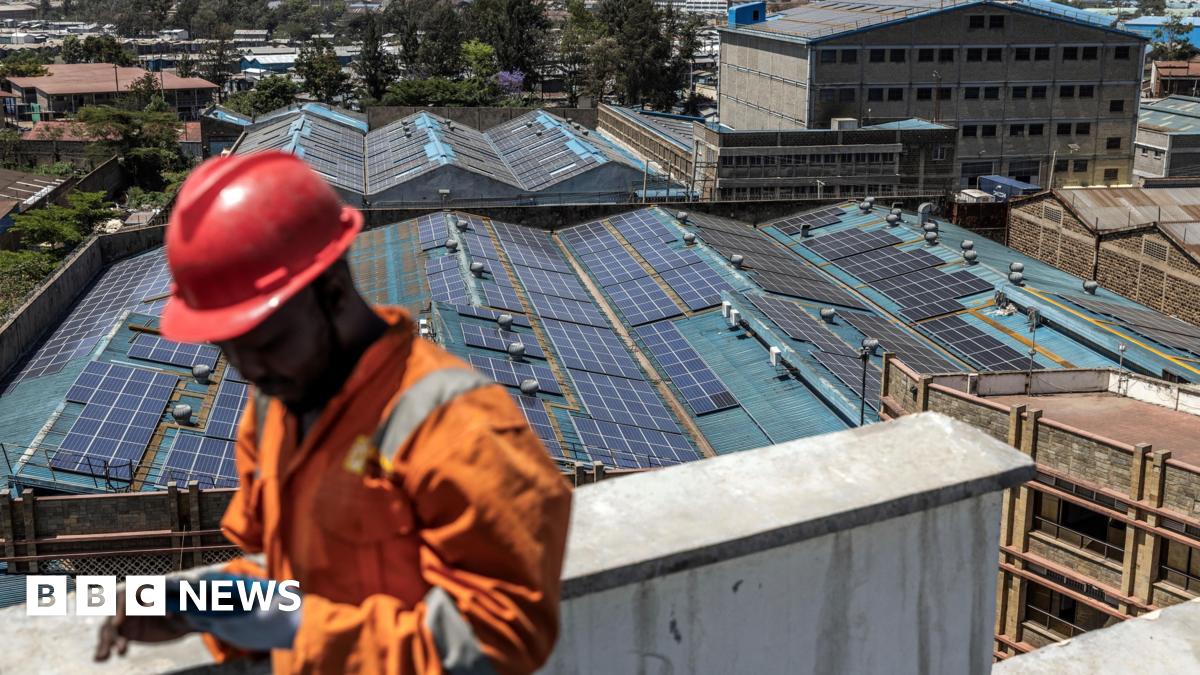Adair Turner, chair of the UK’s Energy Transitions Commission, says countries in the global “sun belt” and “wind belt” face very different energy challenges.
Sun belt nations – including much of Asia, Africa, and Latin America – need large amounts of electricity for daytime air conditioning. These countries can significantly reduce energy costs almost immediately by adopting solar-based systems, supported by increasingly affordable batteries that store energy from day to night.
Wind belt countries like the UK face tougher obstacles, however. Wind turbine costs have not come down by anything like as much as solar panels – down just a third or so in the last decade. Higher interest rates have also added to borrowing costs and raised the overall price of installing wind farms significantly in the last few years.
Balancing supply is harder too: winter wind lulls can last for weeks, requiring backup power sources that batteries alone can’t provide – making the system more expensive to build and run.
But wherever you are in the world, China’s overwhelming dominance in clean tech industries remains unchallenged, other new data from Ember shows.
In August 2025, its clean tech exports hit a record $20bn, driven by surging sales of electric vehicles (up 26%) and batteries (up 23%). Together, China’s electric vehicles and batteries are now worth more than twice the value of its solar panel exports.
